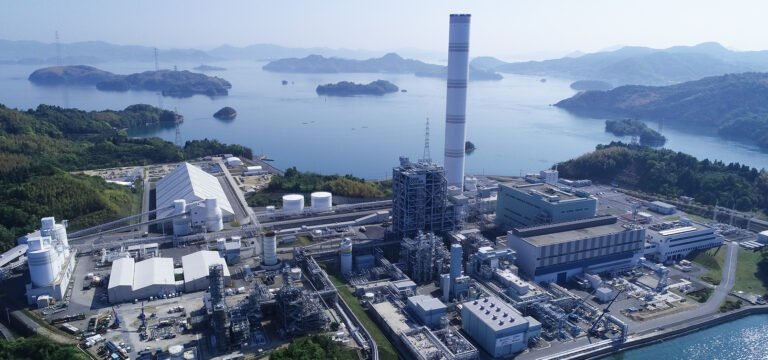opalindustries.us
Syngas Production from Coal and Coal Bed Methane: A Path to Cleaner Energy

Syngas, or synthesis gas, is a versatile energy source consisting mainly of hydrogen, carbon monoxide, carbon dioxide, and methane. It is produced through gasification processes that convert carbon-rich materials into a useful gas mixture. Among the primary feedstocks for syngas production are coal and coal bed methane (CBM) gas, making it a valuable option for regions rich in these resources.
Coal gasification involves heating coal at high temperatures with controlled amounts of oxygen or steam, breaking it down into syngas. Similarly, CBM gas—methane trapped within coal seams—can be used as a direct source for syngas production. This process not only helps extract energy from coal but also reduces the release of methane, a potent greenhouse gas, into the atmosphere.
Syngas derived from coal and CBM can be used for electricity generation, chemical production (such as ammonia and methanol), and creating synthetic fuels like diesel through Fischer-Tropsch synthesis. Integrating carbon capture and storage (CCS) technology with these processes can significantly reduce CO₂ emissions, making the use of coal and CBM more environmentally sustainable.
By leveraging both coal and CBM for syngas production, industries can turn traditional carbon sources into cleaner energy while potentially earning carbon credits through emission reduction initiatives. This approach offers a promising path toward energy diversification and environmental sustainability.


